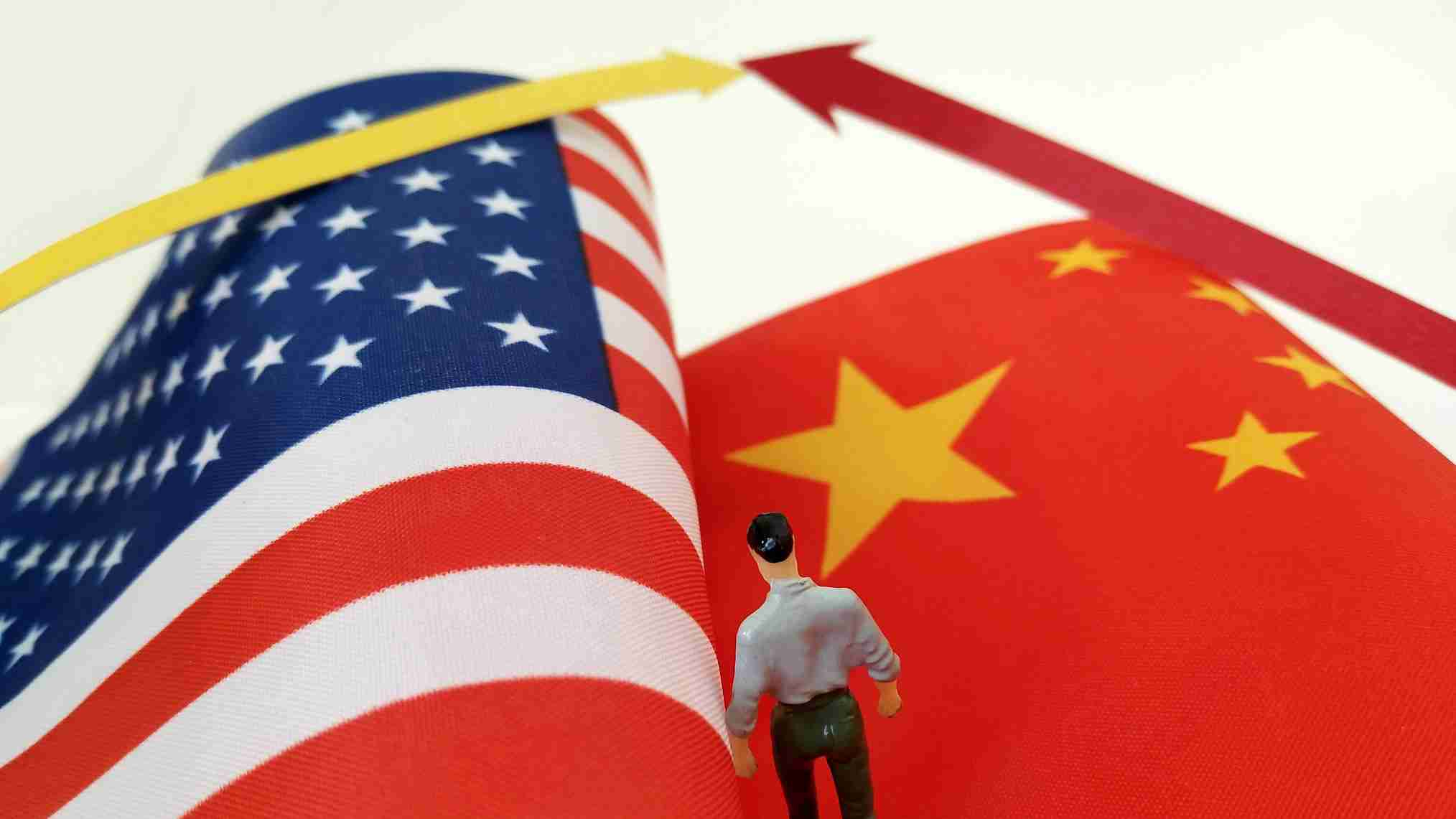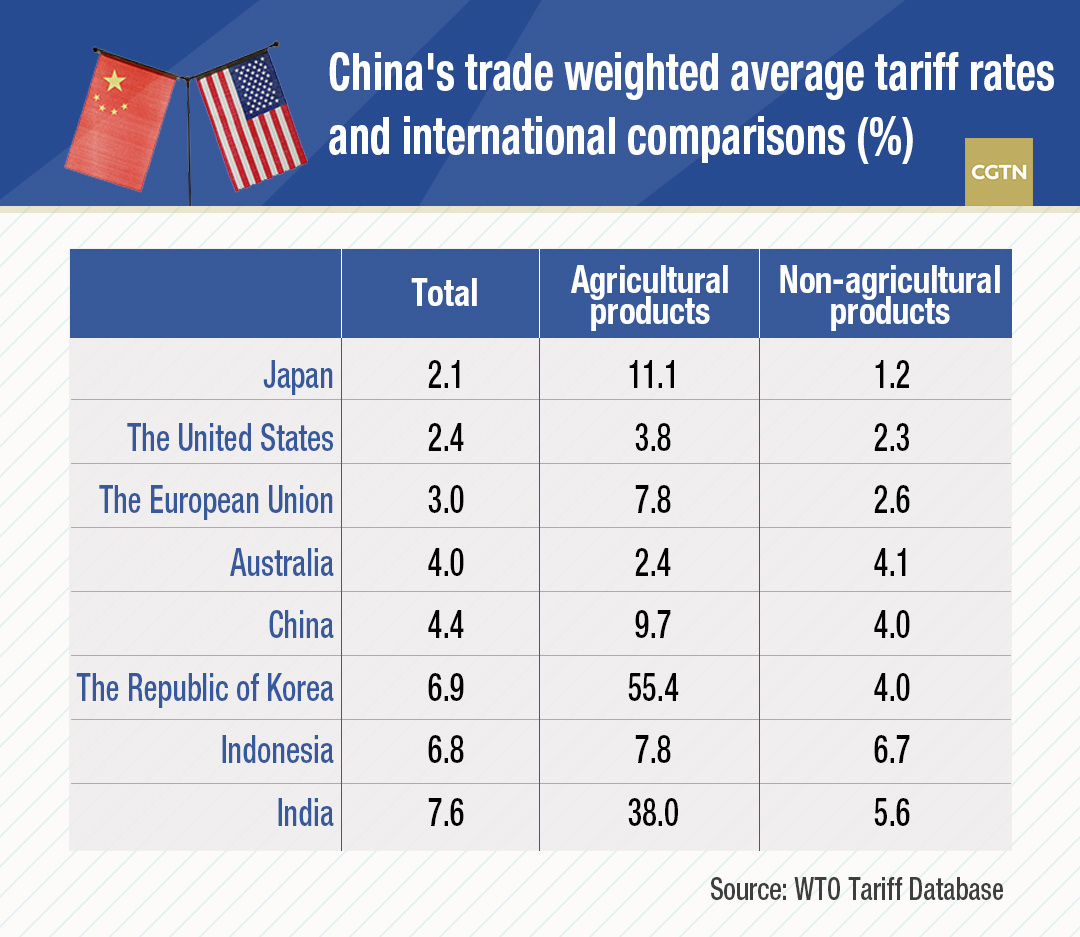
Business
15:48, 24-Sep-2018
The facts behind the China-US trade relationship
Updated
15:28, 27-Sep-2018
CGTN

China published a white paper on Monday to clarify the facts about China-US economic and trade relations, provide data-based evidence from US and Chinese sources to highlight how trade is affected by the US's own economic model, China's adherence to global trade rules and its policies on investment, research and other economic matters.
The US economic model
The white paper underlined how the trade gap between China and the US could be attributed to the natural effects of the US economic model. Citing official US government data, the white paper said the US household savings rate in the first quarter of this year stood at only 1.8 percent.
According to the paper, this low savings rate, coupled with high levels of consumption and investment, as well as the role of the US dollar in the global economy, is a hallmark of the US economic model. As a result, the US has been in a trade deficit with 102 different countries since 1971.
The white paper also highlights how, when it comes to trade in services and certain goods, the US actually maintains a surplus in its favor. Data from the Chinese Ministry of Commerce show in 2017, the US had a services surplus with China worth 54.1 billion US dollars.
Last year, China had a 16.4 billion US dollar trade deficit with the US on agricultural produce, a 12.75 billion US dollar deficit on aircraft and an 11.7 billion US dollar deficit in the automobile sector. As the white paper summarizes, these figures show how the market determines trade between the two sides, based on their own industrial competitive advantages.
China's role in international trade and business
Since joining the Word Trade Organization (WTO) in 2001, the white paper notes that, while China's economy has developed rapidly, it remains a developing country with per capita GDP of 8,643 US dollars – only 14.5 percent of US per capita GDP.
However, China's trade-weighted average tariff rate stands at 4.4 percent, lower than S. Korea and India, and close to the US's 2.4 percent rate and the European Union's (EU) 3.0 percent.
When it comes to certain products, WTO data show how the US has much higher duties than China. For example, the US has tariffs of 131.8 percent on all imports of peanut butter, compared to Chinese tariffs of 30 percent.

Responding to US accusations that China "steals" advanced technology, the white paper points out how China invested 1.76 trillion yuan (279 billion US dollars) into research and development, second only behind the US.
With 113 Chinese companies on PwC's "2017 Global Innovation 1000" index, the white paper underlines how China is now the world's biggest source of patent applications, with data from the Supreme People's Court of China showing 781,257 applications were approved between 2013 and 2017.

SITEMAP
Copyright © 2018 CGTN. Beijing ICP prepared NO.16065310-3
Copyright © 2018 CGTN. Beijing ICP prepared NO.16065310-3